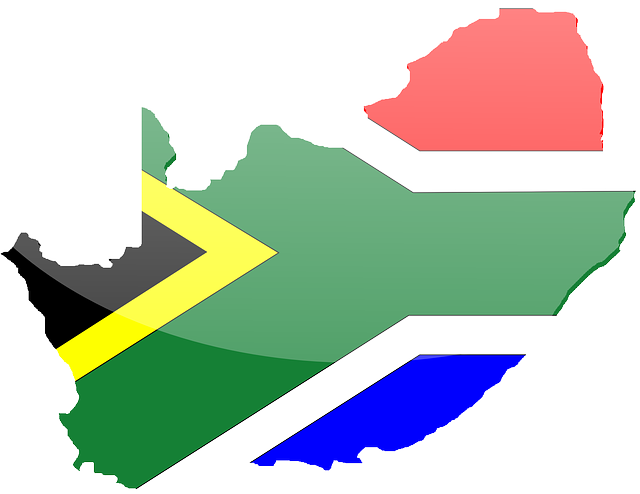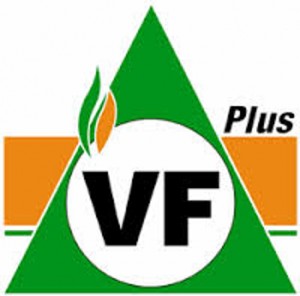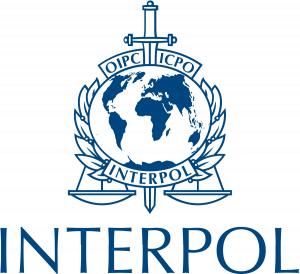2015 has been another year of record levels of M&A, with many corporates paying eye-watering sums to do strategic, transformational deals, according to Allen & Overy’s latest M&A Insights Report.
Globally, deal values are up by 22% compared with last year to reach an unprecedented total deal value of USD4 trillion, while volumes continue to decline by nearly 13% year on year*. Approximately one third of all deals this year were cross-border, which is consistent with levels seen in 2014. The most active sectors by deal value were TMT and Life Sciences, which accounted for 25.7% and 21% of deal values, respectively.
While strategic deals was the global trend for 2015, the U.S. dominated with the most M&A transactions over USD5 billion. The U.S. was involved in 81 (or 62%) of the 131 deals valued at more than USD5bn globally and closed out the year with two outstanding transformational deals: the proposed USD160bn merger of Pfizer and Allergan, which will be the largest single transaction of 2015, and the planned USD130bn merger of DuPont and Dow Chemical.
Dirk Meeus, Global Co-Head of Corporate at Allen & Overy, commented: “The U.S. has traditionally dominated the M&A market, so it’s no real surprise to see this trend play out in an environment with so many mega-deals.”
M&A activity is supported by continued strong economic conditions and the availability of cheap debt and financing. A consistent driver for deals has been the search for cost synergies and efficiencies through consolidation. M&A is also being used as a defence tactic, especially in industries challenged by disruptive forces, such as energy services companies that are under pressure from declining commodity prices. Other drivers include shareholder activism, which continues to be a catalyst for doing M&A, and Government privatisation programmes in play around the world.
For the first time this year, Asia has overtaken Western Europe as the second most active M&A market to the U.S. High levels of activity has been driven by Chinese companies doing outbound acquisitions. Big brands and technology companies are particularly attractive targets, presenting an opportunity to shift consumer markets and expertise back to China. This trend is also underpinned by the Government’s focus on diversification.
In a year that has seen more multi-billion dollar deals than ever before, it is possible to get a distorted view of the market if looking at values in isolation.
Dirk Meeus comments: “While deal values in Europe lag those seen in the U.S. market, volumes paint a different picture. Western Europe consistently outperforms the U.S. by deal volume and 2015 was no exception.”
The big question is whether deal activity, either by volume or value, will reach new heights in 2016. According to Allen & Overy, big-ticket M&A looks set to continue.
“Boardroom confidence to do deals seems largely undiminished, cash and financing remain readily available and the economic environment is positive for transactions, however, with volumes being down overall, it will be up to corporates to do more transformational deals to sustain current record levels of M&A,” Meeus said.
In 2015, macro-political and economic events didn’t seem to destabilise the M&A market as much as might have been expected. This may be a sign that boardroom confidence is very strong, or that companies and markets are more resilient to external factors than pre-crisis. It will be interesting to see how M&A markets hold up with an increasing threat of international terrorism, a UK referendum, and imminent U.S. interest rate rises.
What is more certain is the likelihood of seeing more mid-size M&A in 2016. One of the follow-on effects of a boom in strategic deals is that companies will need to reshape their portfolios and dispose of non-core assets. When they do, PE funds are likely to be a major buyer.









